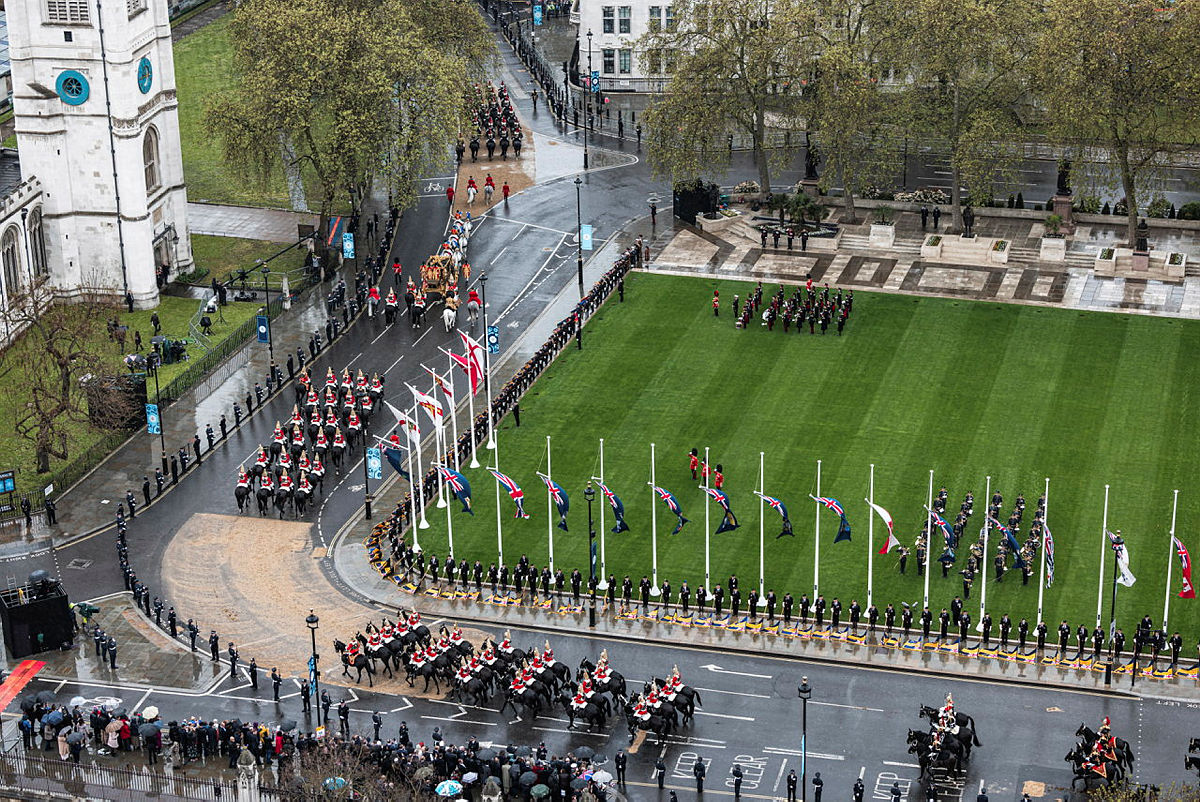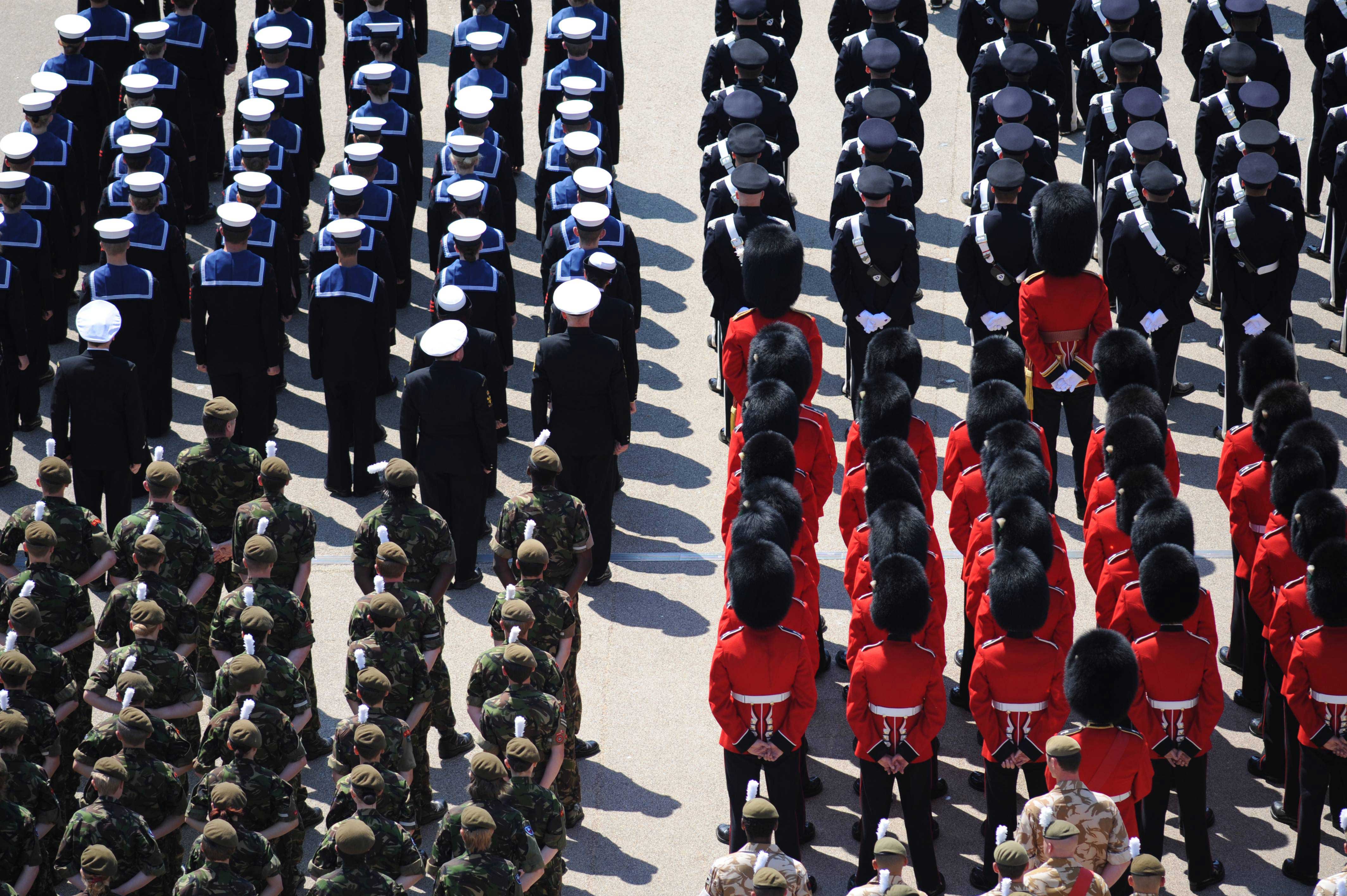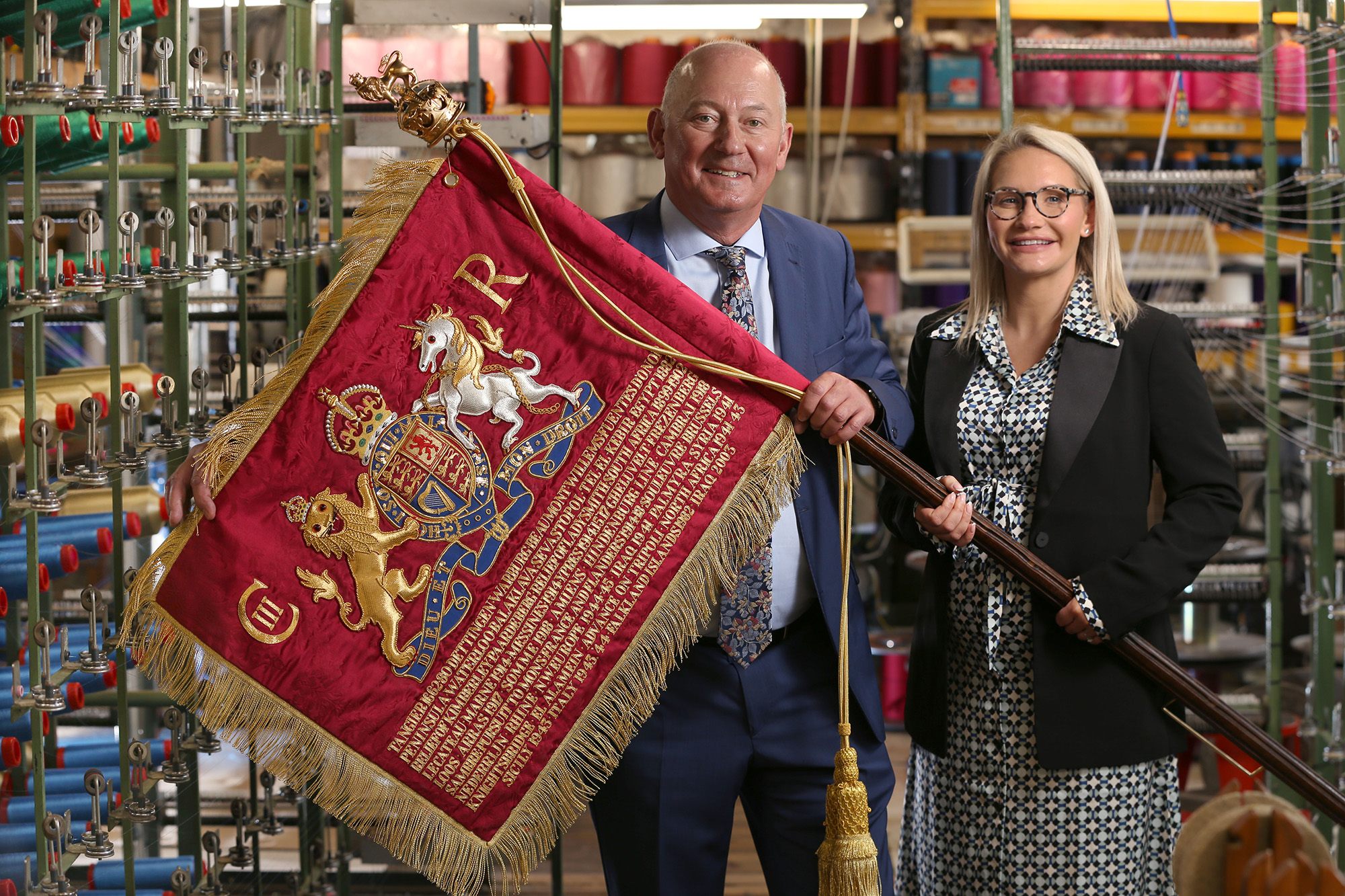The divisions of the regular army of the British Army have an order of precedence which dictates the order in which these divisions parade, from right to left. The unit on the extreme right, usually the Household Cavalry, is generally the highest ranking unit.
Army Reserve units and Militia take precedence over regular units but this does not include the Honourable Artillery Company and The Royal Monmouthshire Royal Engineers.
• Household Cavalry
• Royal Horse Artillery
• Royal Armoured Corps
• Corps of Royal Engineers
• Royal Regiment of Artillery
• Royal Corps of Signals
• Infantry
• Foot Guards
• Line Infantry
• The Rifles
• Special Air Service
• Army Air Corps
• Special Reconnaissance Regiment
• Royal Army Chaplains Department
• Royal Logistic Corps
• Royal Army Medical Corps
• Royal Electrical and Mechanical Engineers
• Adjutant General’s Corps
• Royal Army Veterinary Corps
• Small Arms School Corps
• Royal Army Dental Corps
• Intelligence Corps
• Royal Army Physical Training Corps
• General Service Corps
• Queen Alexandra’s Royal Army Nursing Corps
• Corps of Army Music
• Royal Monmouthshire Royal Engineers (Militia) (Army Reserve)
• Honourable Artillery Company (Although Army Reserve Regiments, they are included in the order of arms Regular Army)
• Remainder of the Army Reserve
• Royal Gibraltar Regiment
• The Royal Bermuda Regiment
The order of precedence for the Household Cavalry and Royal Armoured Corps dates back to when the regiments had numbers rather than names. The Household Division regiments are always listed first, as they are the most senior. Today, as many regiments have been formed through amalgamations of other regiments, the order of precedence is given to those with the more senior amalgamated units. An example of this is that the Princess of Wales’s Royal Regiment, which is one of the youngest in the army, is ranked second in the line infantry order as it is a direct descendant of the 2nd Regiment of Foot.




